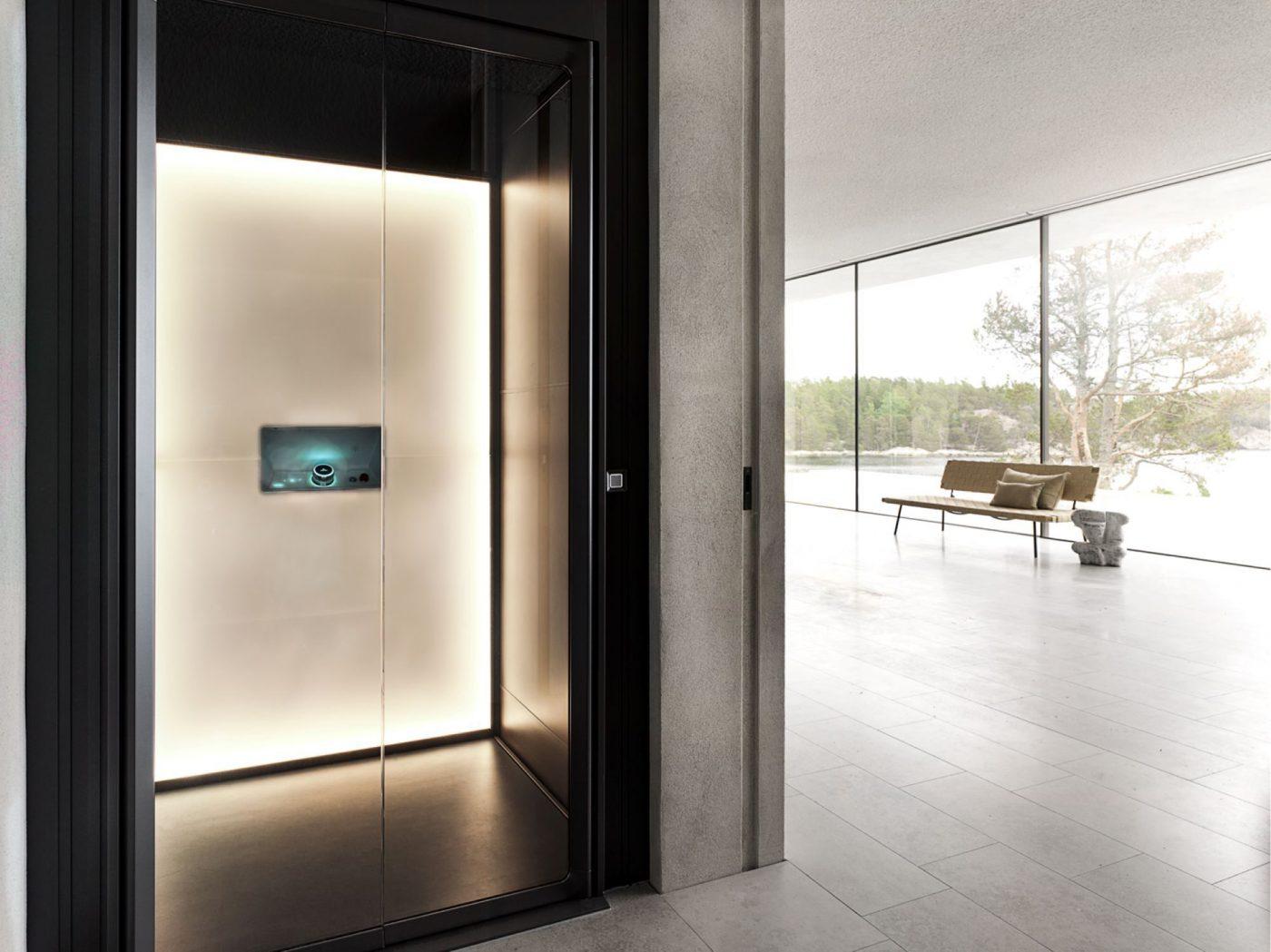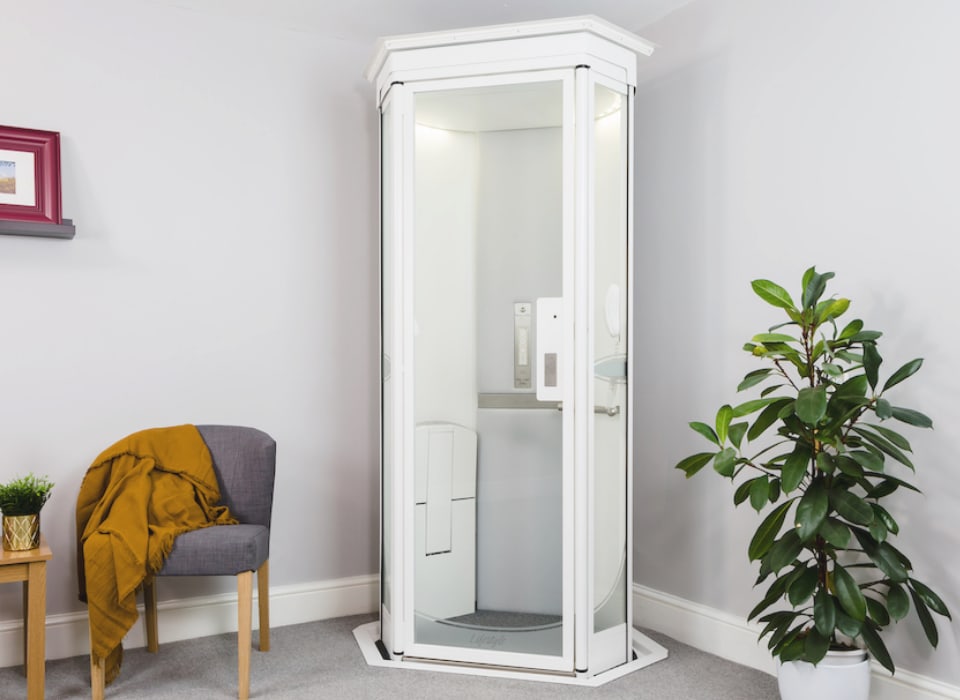We Maintain Lifts with Precision: Ensuring Safety and Efficiency
We Maintain Lifts with Precision: Ensuring Safety and Efficiency
Blog Article
Untangling the Intricacies of Lift Modern Technology: Troubleshooting Common Problems Across Lift Models
From sluggish operation problems to peculiar noises emanating from the equipment, troubleshooting usual troubles throughout numerous lift models requires a keen eye for information and a methodical approach. Keep tuned as we navigate with the maze of lift breakdowns, looking for solutions to the enigmatic troubles that can interrupt the smooth functioning of these crucial devices.
Identifying Slow Procedure Issues

Following, examine the electric links to make certain that all parts are effectively attached and operating. Damaged circuitry or loosened links can cause reduce procedure or full breakdown of the lift system. In addition, it is necessary to check the control system to establish if the concern lies in the programming or sensing units.
If the aesthetic evaluation and electric checks do not reveal the origin of the sluggish procedure, more diagnostic tests may be needed. These could consist of pressure examinations for hydraulic systems, voltage tests for electric elements, or running diagnostic software application for the control system. repair and maintenance services. By following a systematic method to troubleshooting slow operation issues, you can efficiently recognize and resolve the trouble, ensuring the lift operates safely and efficiently
Dealing With Odd Sounds
To effectively troubleshoot lift modern technology for weird sounds, an extensive assessment of the lift parts following the recognition of slow-moving operation issues is essential. Strange sounds in lifts can be a measure of underlying issues that need punctual interest to guarantee the security and dependability of the system. Usual sources of strange noises in lifts include worn-out or misaligned sheaves, damaged motor bearings, broken or loosened suspension ropes, and malfunctioning control systems. When addressing odd sounds, it is important to carry out an organized examination of these parts to determine the specific reason for the sound properly. This might entail inspecting for any kind of noticeable indicators of damage, checking the capability of electric motor bearings, tightening up loosened links, and lubricating relocating parts as needed.
Furthermore, it is crucial to describe the lift supplier's upkeep guidelines and seek aid from certified professionals when taking care of complex lift elements or unfamiliar troubleshooting treatments. By immediately dealing with and resolving weird noises underlying issues, lift operators can make certain the ideal efficiency and safety and security of the lift system for operators and guests.
Managing Faulty Control Issues
A reliable strategy for addressing defective control troubles in lift modern technology entails performing an extensive analysis of the control system's elements and capability. When running into issues with lift controls, it is essential to very first look for any loosened connections, harmed wiring, or malfunctioning sensing units. Confirming that all control displays, buttons, and keypads are functioning appropriately is also necessary in diagnosing the trouble accurately.
If no visible concerns are obvious, technicians need to proceed to check the control panel for any kind of indications of water damage, rust, or overheating, as these can frequently cause control malfunctions. In addition, resetting the control system or updating the software program may aid deal with particular glitches or insects causing the problem.

Tackling Hydraulic System Malfunctions
The performance of hydraulic systems in lifts counts heavily on the proper functioning of various components within the system. When hydraulic systems malfunction in lifts, it can result in functional interruptions and safety worries. One typical issue is hydraulic liquid leak, which can happen as a result of damaged seals, loosened links, or harmed cylinders. To tackle this issue, specialists ought to carry out a detailed inspection to recognize the resource of the leak and change any type of faulty components immediately.
An additional frequent hydraulic system breakdown is a loss of stress, which can result from air entering the system, liquid contamination, or pump inadequacies. Specialists can resolve this by bleeding the system to get rid of air, changing contaminated liquid, or servicing the pump as needed. Additionally, abnormalities in hydraulic fluid degrees or unusual sounds during lift procedure may suggest underlying system breakdowns that call for immediate interest to avoid further damage. Routine upkeep and prompt troubleshooting of hydraulic system issues are crucial to guaranteeing the efficient and risk-free procedure of lift modern technology.
Taking Care Of Electric Component Failings
Addressing electrical click for more info element failings in lift technology demands a systematic approach to detecting and dealing with concerns to maintain operational functionality and safety and security requirements. When encountering electric problems in lift systems, it is crucial to very first conduct a detailed assessment of the electrical parts, including control board, wiring, sensing units, and circuit boards. Any kind of signs of damages, corrosion, loosened connections, or scorched elements ought to be carefully kept in mind and dealt with without delay to avoid additional difficulties.
When it comes to electric component failings, it is vital to adhere to producer standards for repairing and repair work treatments. This might entail evaluating the parts utilizing multimeters, oscilloscopes, or other analysis tools to determine the specific resource of the malfunction. In addition, having a detailed understanding of the lift's electrical schematics and circuitry representations can assist in determining and rectifying issues successfully.
Routine upkeep and assessment routines can aid protect against electric failings by finding possible issues beforehand. Proper training for lift professionals on electrical systems and parts is also essential to make certain precise medical diagnosis and effective resolution of electrical issues, eventually contributing to the general safety and security and dependability of lift operations.
Final Thought
To conclude, troubleshooting lift innovation needs an organized method to determine and address typical issues such as slow-moving procedure, weird sounds, damaged controls, hydraulic system breakdowns, and electric part failings. By understanding the complexities of lift innovation and adhering to correct troubleshooting steps, professionals can efficiently settle issues and guarantee the efficient and safe operation of lifts throughout various models.
To effectively troubleshoot lift technology for unusual sounds, a thorough examination of the lift elements complying with the recognition of slow operation issues is necessary. Weird noises in lifts can be indicative of underlying troubles that need timely interest to make sure the safety and security and reliability of the system.A reliable approach for addressing faulty control problems in lift technology involves carrying out a thorough analysis of the control system's elements and performance.The efficiency of hydraulic systems in lifts counts greatly on the proper functioning of various parts within the system. repair and maintenance services. When running into electric troubles in lift systems, it is vital to very first carry out an extensive evaluation of the electrical official source parts, consisting of control panels, electrical wiring, sensors, and circuit boards
Report this page